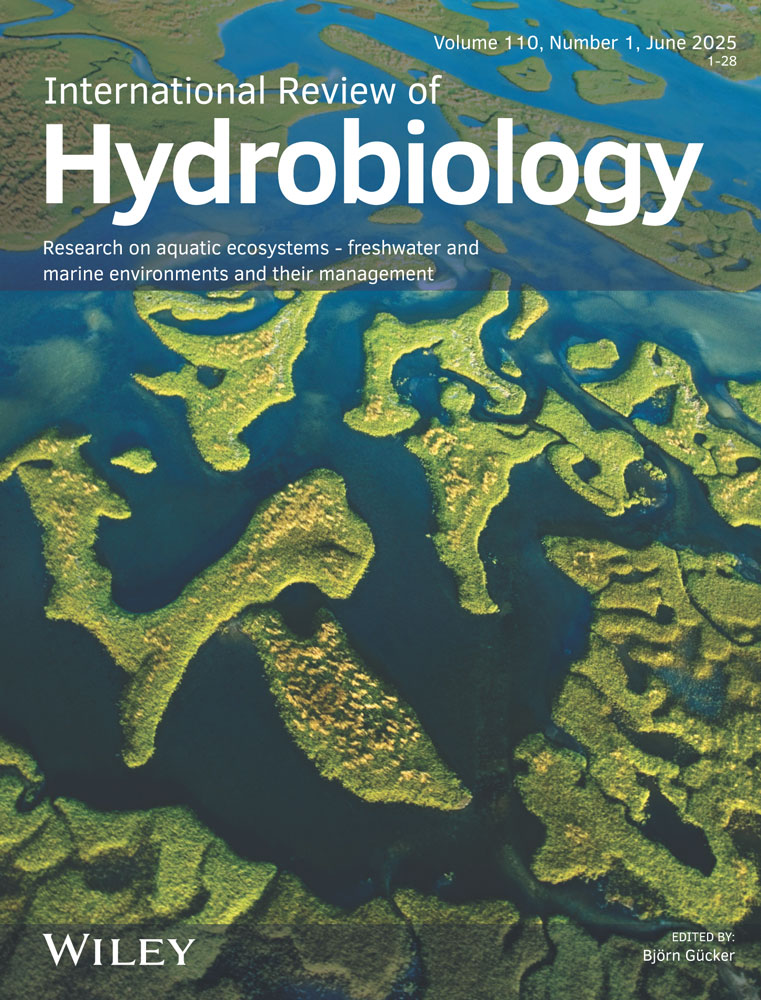Survival and Reproduction Potential of Philodina roseola (Ehrenberg) (Rotatoria, Bdelloida) under Various Temperature Conditions
Abstract
Survival data, in addition to data on growth and reproduction rate, are necessary to estimate rotifer productivity under various thermal conditions. A method of individual culturing of Philodina roseola helped the authors to obtain data concerning length of life span and realisation of reproduction potential at different temperatures, ranging from 9 to 35 °C. The method also was helpful in revealing the causes of individual deaths. It is shown that at a temperature of 20 °C net reproduction rate (R0) of Ph. roseola is maximum and is equal to reproduction potential of the individual. The peculiarity of Philodina ontogenetic reaction to temperature beyond optimum is the impairment of reproduction process.




